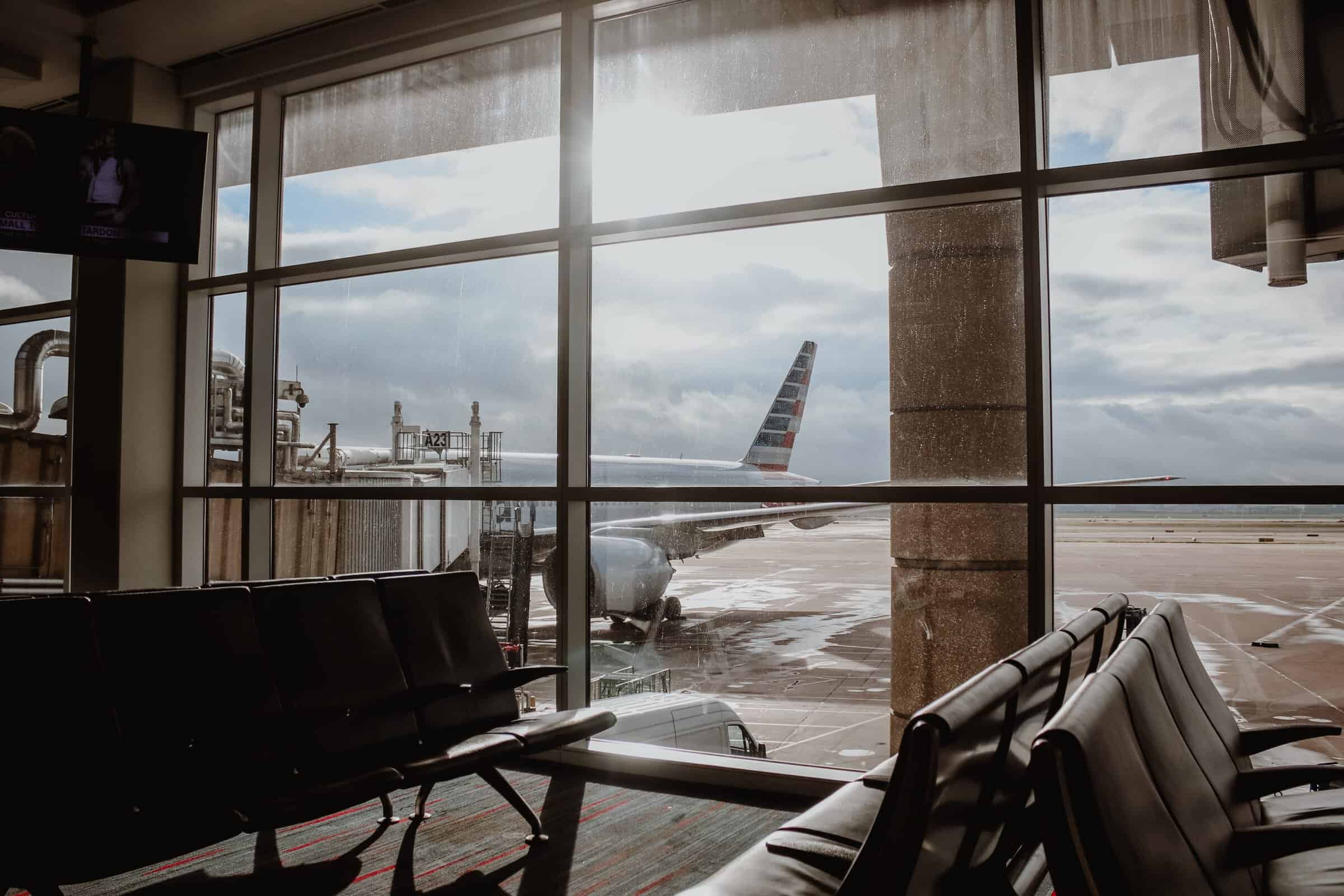By Dr Sulette Ferreira
I read somewhere that airports are story-making factories: People waiting to watch their loved ones walk further and further away from them until they can no longer be seen. Today is my turn … you with a backpack filled with dreams, on your way to another continent and me with my memories bidding you farewell, not knowing when I will see you again. I wanted to paste a red and white “Fragile: Handle with care” sticker over my heart, like a band-aid plaster to ease the pain….
Out of all the changes human beings have to face throughout their lives, few are as all-encompassing and complex as those that take place during the emigration of loved ones. Emigration signifies a life-changing experience. This is true not only for the emigrant but also for those remaining behind. Emigration is not only defined by grief and loss; neither is it all about opportunity and adventure. Airports play a vital role in telling parents’ emigration story after their children move abroad.
An airport is a space that features frequently as a definitive link in the chain of emigration events. Is there a more transitional space than an airport? It is a space made up of “in-betweenness”, and “in-limboness”. There is no other public place where so many emotions are unveiled. Yet, the design of most airport experiences does not seem to acknowledge these precious moments of meeting and parting with loved ones.
To capture the essence of the South African emigration story, three stages have been identified as part of the parents’ journey of letting go of their children after emigration. Each stage is unique with regards to its characteristics, demanding each family member’s attention.
The first stage, namely pre-emigration, addresses the decision-making process, reasons for emigration and whether the emigration is to be temporary or permanent. It is the culmination to the physical act of leaving and the time frame varies for each scenario. Logistical preparations are a key characteristic of this phase, and all family members are psychologically preparing themselves for their respective emigration journeys. For the children the airport signifies a gateway to new possibilities. For the parent staying behind the airport signifies a gateway for significant changes in their lives.
The second stage signifies the physical act of emigration. This is a very short, yet powerful stage. It is the completion of a period of preparation leading up to the final event, the “airport goodbye”. Preparing for this turning point takes place weeks or even months before, but leaving the country is the first tangible experience of loss for the parents left behind. A parent narrated her experience by saying:
“… my daughter, oh, the worst, worst, worst was for me when my eldest daughter said to me, ‘Mom, I don’t want you to come along to the airport’. And, you know I cried the entire day at work but afterwards, I realised that it was for the best.”
For those that remain behind when their children emigrate, the airport personifies loss – a space filled with sorrow, fear, loneliness, heartbreak and tender moments. Many of us tend to avoid talking about “the goodbye” and pretend that it’s not happening until the final moment. Goodbyes are hard. We simply do not want to say goodbye to the people we love. While denial might be a coping mechanism for some, it may actually lead to a more emotional farewell. Discussing the farewell with your children ahead of time can ease some of the emotional turmoil and better prepare you for the singular moment of parting. Some families prefer to say their goodbyes at home or any other place but the airport.
Mourning occurs for those who go, those who are left behind, and those who return. The ambiguity of the situation makes it difficult to come to terms with the loss. With little or no prescribed mourning rituals, the ones left behind have to create their own private rituals to assist them in dealing with this painful act of ending an important stage of their lives. By creating private rituals, loved ones that remain behind acknowledge the tug between the past and the future – it can provide an opportunity to grieve for what is lost and look forward to the future. Giving a small personal gift, like a good luck charm, might be the start of forming a new ritual at farewells.
The airport is full of people, but at that moment no one feels as lonely as the parent who has just said goodbye to their children and grandchildren, not knowing when they will see each other again. While people are rushing around, you are standing there with tears rolling down your face. Allow yourself to experience sadness and all of the raw emotions of the farewell. Be gentle with yourself in saying goodbye at the airport.
The best possible thing to do after a goodbye is to start making plans to be together again. It doesn’t have to happen right away. Plan your next visit before your children leave. Planning ahead might not be possible for everyone, but try to have a rough timeline to hold onto. Knowing that the separation is not final is such an important coping mechanism since it gives you something to look forward to. Instead of saying goodbye, you can say “See you soon” and start planning your next visit. After all, the sadness of an “airport goodbye” is nothing compared to an “airport hello”.
In the last phase, the post-emigration phase, families come to recognise an ending in their physical journey together. This phase is the longest stage and deals with the time after the children have left the country. The geographical distance has a life-altering effect on the relationships that were formed. The airport features in this stage again as a physical gateway to their emigrant children. Parents staying behind explained that they anticipated that the first goodbye was going to be the most difficult one, yet it got harder every time. A parent reflected:
… but no, it doesn’t get easier. It is still that something inside you that has been cut off which only comes back to you when he’s back. No, it doesn’t become easier. Yes, there is a little hole and the little hole does not heal, I can’t claim that the hole gets bigger, but it does not grow over. The little hole remains there.
After every airport goodbye, another ambiguous loss is felt. During each visit, the parents dread the day that their children have to go back. Each day spending time with your kids can be experienced as a day closer to their departure. By being mindful, living in the moment and not constantly thinking about the airport goodbye, the migration process will teach us that time is a precious commodity.
Indispensible to transnational families is communication. Modern communication technologies have created a global village in which families can connect with each other virtually. The introduction of social technologies enhances the frequency of contact between loved ones and gives distant individuals the means to manage and maintain connections. It is important to establish a communication plan with your loved ones in order to preserve attachment bonds.
As parents, we never want to fully let go of our children. Yet, with emigration we have to let go physically, we are geographically far apart and often separated by multiple time zones. This life transition is a loss as endings and beginnings are entangled. Airports teach us that it is through the art of letting go that we are able to hold on.
Photo: briana-tozour-unsplash




















